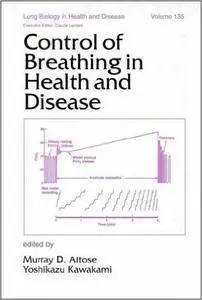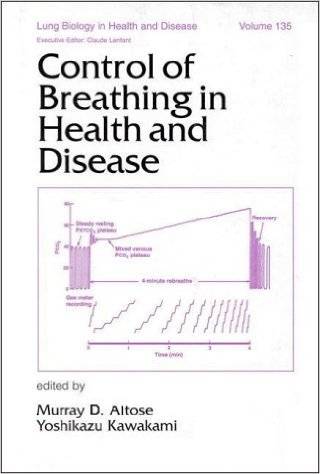Control of Breathing in Health and Disease (Lung Biology in Health and Disease) by Yoshikazu Kawakami
English | July 16, 1999 | ISBN: 0824798546 | 784 Pages | PDF | 8 MB
English | July 16, 1999 | ISBN: 0824798546 | 784 Pages | PDF | 8 MB
This useful reference provides comprehensive reviews of the physiological foundations of the control of breathing and offers new insights into the pathophysiology, diagnosis, and management of breathing disorders in respiratory, cardiac, neuromuscular, and metabolic-endocrine diseases.
Control of Breathing in Health and Disease
sheds new light on the central neural mechanisms controlling breathing and the important chemical, neuromechanical, and behavioral systems that are responsible for setting the level and pattern of breathing
investigates the neural basis of respiratory sensation and the mechanisms of breathlessness
addresses the systems that are responsible for assuring the adequacy of ventilation during exercise
considers the structural, mechanical, and neural mechanisms influencing upper airway patency
reviews the physiological mechanisms of Cheyne-Stokes breathing
charts the influence of gender, menstrual cycle, and pregnancy on ventilatory control
presents current approaches to the clinical assessment of the control of breathing
discusses breathing abnormalities in the newborn and infants and changes in breathing patterns in the elderly
evaluates the mechanisms and management of sleep-disordered breathing
analyzes abnormalities in breathing control in chronic obstructive and interstitial lung diseases, heart failure, neurological diseases, muscular dystrophy, and thyroid disorders, diabetes, and acromegaly
outlines modern approaches to the management of respiratory failure
and more!
Including more than 2200 references, tables, equations, and drawings, Control of Breathing in Health and Disease benefits pulmonologists; physiologists; chest, pulmonary, thoracic, and cardiovascular physicians and surgeons; asthmologists; cardiologists; respiratory therapists; and upper-level undergraduate, graduate, and medical school students in these disciplines.



